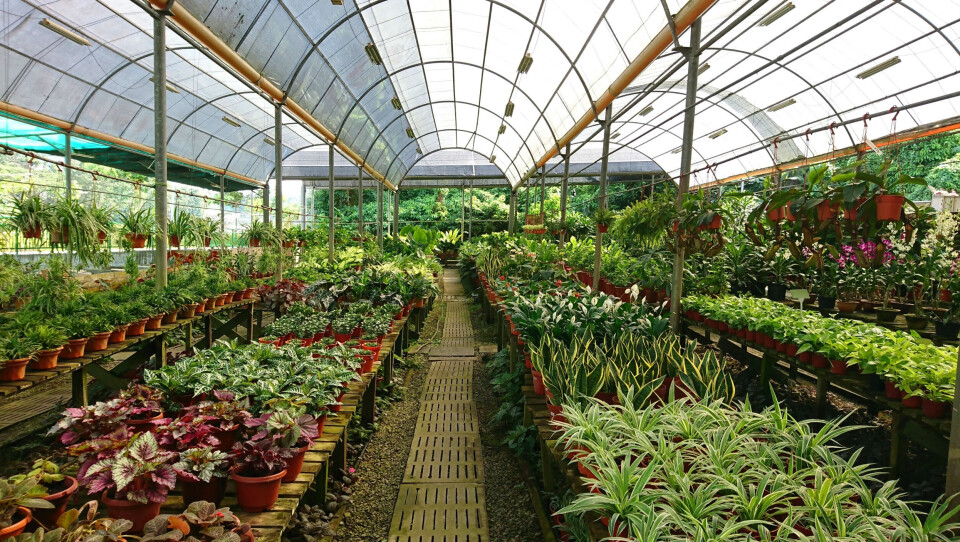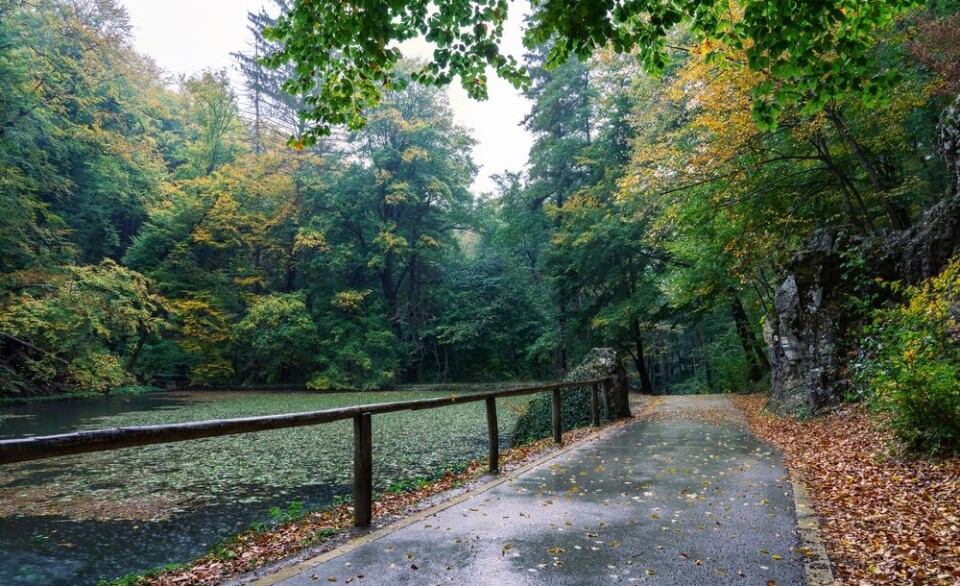-
Death charges claimed by French banks to be restricted
New law passed by the Senate in early summer
-
Electric bike popularity in France opens way for new insurance deals
Number in country rockets as theft policies evolve
-
What is France’s ‘intime conviction’ legal concept used to reach verdict in Cédric Jubillar trial?
Unique approach to murder trial without a body that transfixed France
French nursery specialises in plants that taste of cheese or oysters
The gardener behind the idea says he sees no point in plants that are purely ornamental

A gardener at a nursery near Bordeaux has perfected a way to grow plants that taste like oysters, marshmallows or even camembert.
Cyril Perpina currently grows 154 types of plant at his Serre ô Délices nursery in Biganos, in the Gironde department.
While over half are traditionally considered ornamental, he has found many can be used in cooking for their unusual flavours, as herbal teas, in soaps or in cleaning products.
“In 2023, I do not understand how we [can] spend so much time and water growing a plant just because it is beautiful. I do not see the point! I have a very practical side,” the 46-year-old told l‘Actu.
When customers visit his 300m2 greenhouse nursery, which he has owned since 2016, for the first time Mr Perpina takes them through the flowerbeds, introducing them to his unique collection via smell and taste.
He previously worked in banking, horticulture and IT and initially intended to develop “a more traditional market garden” but soon gave up on the idea.
Passionate about plants and research, he cultivates between “30 and 50 [new plants] each year,” discovering new traits and properties.
“A lot of plants are not known for their uses,” he said. “For example, beforehand when imported to Europe the tomato was considered an ornamental plant. Decades went by before it was eaten.”
Read more: Be careful eating wildflowers on spring walks, warns health agency
Unique flavours
Mr Perpina grows geraniums that can be eaten in desserts, drunk in infusions or in syrups in all flavours including coco, orange and apple. He also has the marshmallow plant, traditionally used to create the sweet of the same name.
He grows paracress (known as brède mafane in French), a South American plant used in dishes from Réunion island which fizzes on the tongue as it is eaten.
In his nursery are mint plants that taste of banana and Ricqlès, a traditional peppermint-flavoured soft drink that has fallen out of favour. And of course, the camembert plant.
The camembert plant, as its name suggests, tastes of cheese. “In Vietnam, it is used with strong-flavoured meats,” said Mr Perpina. “It is difficult to cook with it as it is hard to mix it with other foodstuffs as its taste is very strong. It works well in pesto.”
The oyster plant meanwhile, was cultivated by his predecessor, and was made known by the chef Pierrick Célibert, owner of the C’Yusha restaurant in Bordeaux.
Mr Célibert is not the only chef who has used the nursery. “These original plants are highly valued by chefs. I work with several renowned professionals in Gironde [Nouvelle-Aquitaine region] and even further away,” said Mr Perpina.
“Some are prepared to travel hundreds of kilometres to come in and make new culinary discoveries to add something to their dishes”.
Related Articles
Three garden gems to visit in May: Vienne, Mayenne, Loire-Atlantique
Can I bring plants into France for garden at my second home?
























